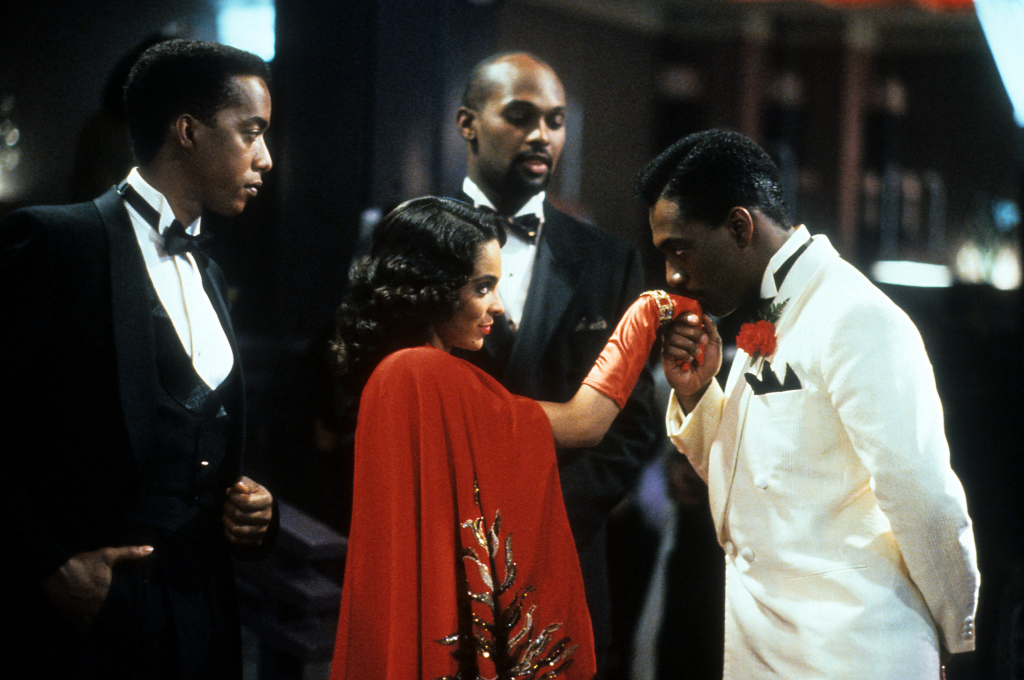Harlem Nights (2026) revives the spirit, swagger, and soul of the 1989 classic, blending sharp comedy, period style, and generational storytelling into a vibrant sequel that celebrates both legacy and reinvention. Set nearly four decades after the original, the film bridges the past and the present—exploring the evolution of Harlem, the changing face of Black enterprise, and the eternal struggle between survival and ambition.
The story opens in the late 1970s, with Harlem undergoing transformation. The glitz of the old nightclub era has faded, replaced by political unrest, cultural renaissance, and the rise of a new, more dangerous kind of hustle. The legendary Sugar Ray’s Club has long since closed, but its legacy lives on through Ray’s son, Raymond Jr. (played by Michael B. Jordan), a sharp businessman determined to restore his father’s empire on his own terms. He inherits not just the name, but the ghosts, debts, and rivalries that once defined Harlem’s underworld.

When Raymond Jr. reopens a modernized version of Sugar Ray’s—a jazz-meets-disco lounge catering to both locals and high rollers—he draws the attention of old enemies and new players alike. Among them is Darnell “Slick” Coleman (Jonathan Majors), a charismatic but ruthless rival running the city’s illicit gambling operations. Their escalating feud mirrors the tension between tradition and progress, with the streets of Harlem once again caught between glamour and grit.

Echoes of the past run deep. Eddie Murphy returns in a supporting role as an older, wiser Quick—now retired, world-weary, and serving as Raymond’s reluctant mentor. His chemistry with the new generation adds humor and poignancy, as Quick wrestles with how much of his own history to share. Scenes between Quick and Raymond provide the film’s emotional core, exploring what it means to inherit not just legacy, but mistakes.
The supporting cast includes a vibrant ensemble of musicians, hustlers, and dreamers—women and men determined to claim their piece of Harlem’s ever-changing world. The film pulses with the rhythm of the city: jazz giving way to funk and early hip-hop, vintage suits blending with bold new fashion, and laughter cutting through the tension of survival.
Visually, Harlem Nights 2 embraces opulent cinematography—neon lights reflecting on wet streets, velvet lounges buzzing with music and smoke, and the dazzling chaos of a neighborhood caught between nostalgia and reinvention. The soundtrack becomes its heartbeat, bridging eras through a fusion of big-band swing, Motown soul, and 70s funk.

By its conclusion, Harlem Nights (2026) delivers a story both epic and intimate—a tale of ambition, loyalty, and redemption. It honors the original’s humor and style while giving new voice to a generation fighting to define its place in a rapidly changing world. It’s not just about Harlem’s past—it’s about the endurance of its spirit, the rhythm of its people, and the timeless truth that no matter the decade, the hustle never dies.
